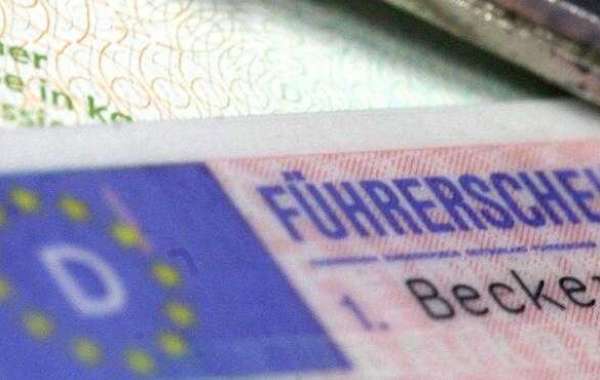A national model for Graduated Driver Licensing Programs has existed since the mid 1990s. The model provides guidelines for states to create their own GDL programs. Currently, no state follows all the guidelines, and GDL programs vary widely from state to state.
The recommended guidelines are:
Stage 1: Learner's Permit
- State sets minimum age for a learner's permit at no younger than age 16;
- Pass vision and knowledge tests, including rules of the road, signs, and signals;
- Completion of basic driver training;
- Licensed adult (who is at least 21 years old) required in the vehicle at all times;
- All occupants must wear seat belts;
- Teenage-passenger restrictions;
- Zero alcohol while driving;
- Permit is visually distinctive from other driver licenses;
- Must remain crash and conviction free for at least six months to advance to next level;
- Parental certification of 30 to 50 practice hours; and
- No use of portable electronic communication and entertainment devices.
Stage 2: Intermediate (Provisional) License
- Completion of Stage 1;
- State sets minimum age of 16.5;
- Pass a behind the wheel road test;
- Completion of advanced driver education training (safe driving decision-making, risk education, etc.)
- All occupants must wear seat belts;
- Licensed adult required in the vehicle from 10 p.m. until 5 a.m. (e.g., nighttime driving restriction);
- Zero alcohol while driving;
- Driver improvement actions are initiated at lower point level than for regular drivers;
- Provisional license is visually distinctive from a regular license;
- Teenage-passenger restrictions: not more than one teenage passenger for the first 12 months of intermediate license. Afterward, limit the number of teenage passengers to two until age 18;
- Must remain crash and conviction free for at least 12 consecutive months to advance to the next stage;
- Supervised practice; and
- No use of portable electronic communication and entertainment devices.
Stage 3: Full Licensure
- Completion of Stage 2;
- State sets minimum age of 18 for lifting passenger and nighttime restrictions; and
- Zero alcohol while driving.
Source: National Highway Traffic Safety Administration
To understand the range of differences among states, let's examine the GDL laws of four states: California, Florida, Mississippi, and North Dakota.
The NHTSA recommends that the state sets the minimum age for a learner's permit at no younger than age 16. In California, the minimum age for a learner's permit is 15 years, six months; in Florida and Mississippi, the minimum age is 15. The minimum age in North Dakota is 14.
Before getting a license or restricted license in Florida, new drivers must have a mandatory holding period of the learner's license of twelve months; the other three states require six months. In Mississippi, license applicants age 17 and older are exempt from the holding period. The NHTSA recommends an intermediate (provisional) stage with a minimum age of 16.5. The applicant must remain crash and conviction free for at least six months to advance from the learner's permit to the intermediate level. They further recommend that in the intermediate license stage, the applicant must remain crash and conviction free for at least 12 consecutive months to advance to full licensure.
The NHTSA recommends parental certification of 30 to 50 practice hours of driving in the learnerâEUR(TM)s permit stage. While California and Florida each führerschein kaufen require 50 hours, 10 of which must be at night, neither Mississippi nor North Dakota require certification of any driving practice hours.
Applicants in Mississippi must be age 15 years, six months before getting a license or restricted license. Florida, North Dakota, and California require a minimum age of 16; however, in California, license applicants who do not take driver education must wait until age 18 for a license. The NHTSA recommendation is for full licensure only after completion of the intermediate licensing stage, with a minimum age of 18 for lifting passenger and nighttime restrictions. However, North Dakota does not have any passenger or nighttime restrictions, and Florida and Mississippi have only nighttime restrictions.








